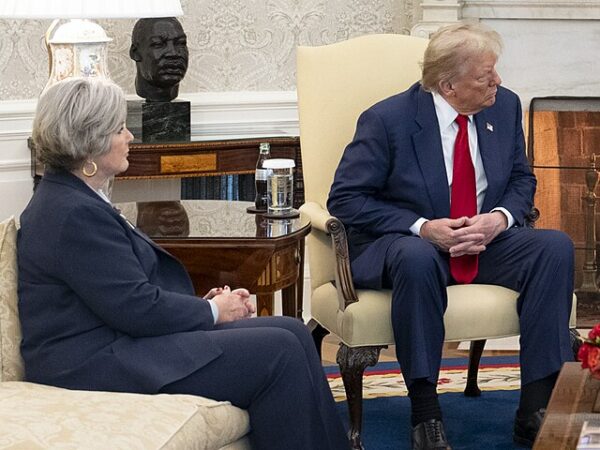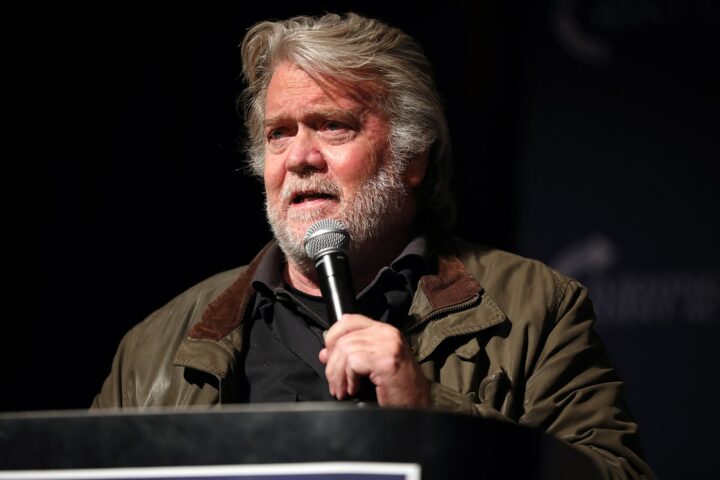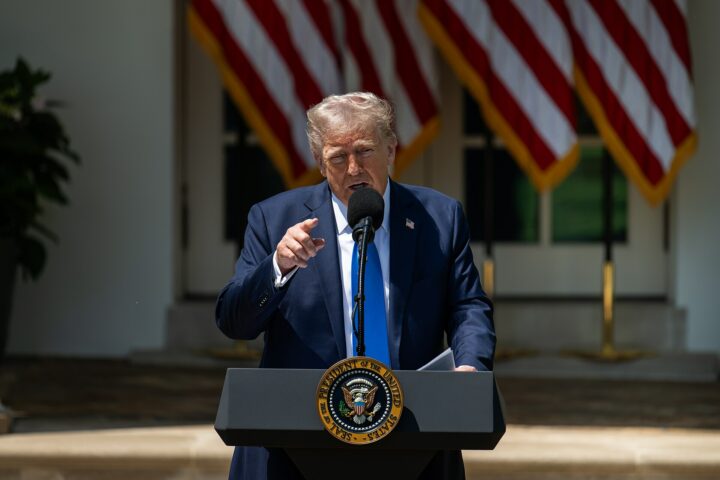In a phone call that underscored the geopolitical stakes of Washington’s dealings with Beijing, Chinese President Xi Jinping pressed U.S. President Donald Trump on Monday to view Taiwan’s political future through China’s preferred historical frame—one rooted in the Allied victory of 1945 and the purported obligations of the postwar settlement. Beijing cast the exchange as a clear reminder that Taiwan’s “return” remains central to China’s national mission and non-negotiable in its diplomacy.
According to China’s foreign ministry, Xi told Trump that Taiwan’s reunification with the mainland constituted an “integral part of the postwar international order” forged when the United States and China stood “against ‘fascism and militarism.’” It was a pointed effort to link Beijing’s modern sovereignty claims to the legacy of U.S.-Chinese wartime cooperation—an argument Taiwan’s elected leaders flatly reject, noted The Guardian.
The call came amid rising frictions in the region, with Beijing expanding military pressure on the self-governed island and Taipei denouncing any suggestion that its 23 million citizens would voluntarily submit to Chinese rule. Taiwan’s leadership reiterated that stance on Tuesday, when Premier Cho Jung-tai stated: “We must once again emphasise that the Republic of China, Taiwan, is a fully sovereign and independent country.” He added: “For the 23 million people of our nation, ‘return’ is not an option – this is very clear.”
Trump’s public readout on Truth Social emphasized “extremely strong” U.S.-China ties while avoiding direct reference to Taiwan. But Beijing’s account said Trump acknowledged that the United States “understands how important the Taiwan question is to China,” a formulation likely to prompt scrutiny in Washington given the administration’s posture toward the island.
The conversation also ranged beyond Taiwan, touching on the grinding war in Ukraine and the fragile trade détente both leaders have been trying to preserve. Xi urged Trump to “keep up the momentum,” calling their South Korea summit in late October “successful” and saying it had “recalibrated the course of the giant ship of China-US relations and provided more momentum for it to sail forward steadily.” He said relations had “generally maintained a steady and positive trajectory, and this is welcomed by the two countries and the broader international community.”
Trump echoed that sentiment, describing the call as “a follow-up to our highly successful meeting in South Korea, three weeks ago. Since then, there has been significant progress on both sides in keeping our agreements current and accurate. Now we can set our sights on the big picture.”
That “big picture” includes stabilizing a trade agreement that—while temporary—has eased tensions after years of tariff clashes that rattled global supply chains. Under the existing framework, China agreed to suspend certain export limits on critical minerals for a year, while the United States reduced duties on selected Chinese imports. Beijing also pledged to purchase at least 12 million metric tons of U.S. soybeans by year’s end and 25 million metric tons next year.
U.S. Treasury Secretary Scott Bessent signaled that a final deal on rare earth supplies could be concluded by Thanksgiving. These minerals, crucial for advanced electronics, electric vehicles, and military systems, remain one of China’s most powerful leverage points in global manufacturing.
The leaders also acknowledged recent diplomatic turbulence between China and Japan after Japanese Prime Minister Sanae Takaichi suggested Tokyo might intervene militarily if Taiwan were attacked. Beijing responded by curbing tourism, limiting seafood imports, and withdrawing from cultural exchanges—moves that underscored how quickly a Taiwan-related dispute can spill into broader regional dynamics.
Looking ahead, Trump is expected to travel to China in April, and Xi is slated to visit Washington in 2026, according to U.S. officials—though Beijing has yet to confirm its plans.








